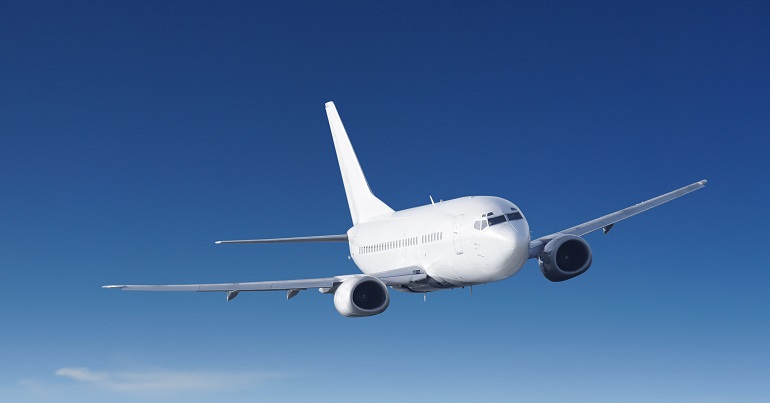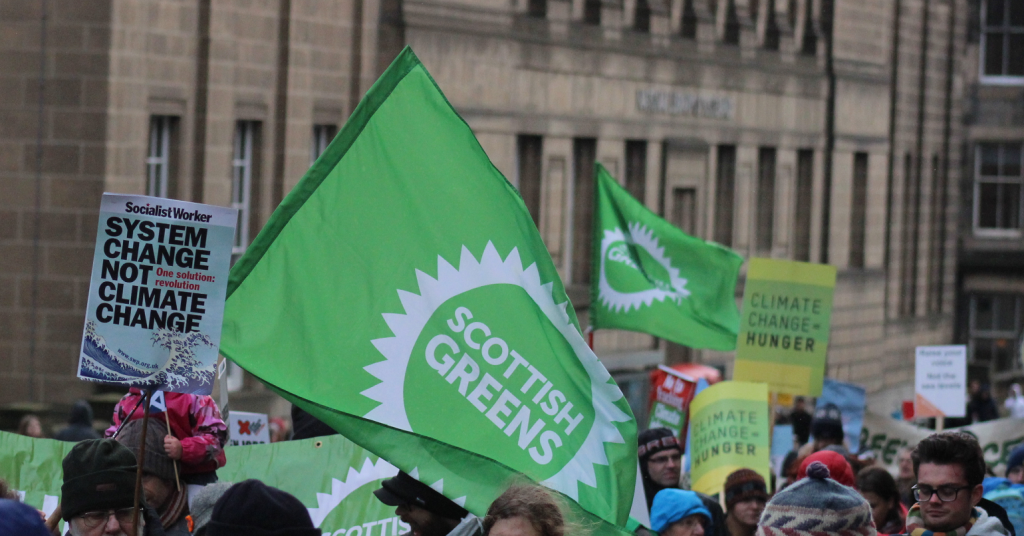Mice and elephants – what really matters in the decarbonisation of transport

At the end of this year I am going to retire from teaching and researching sustainable transport. Since I stopped flying in 2005 I haven’t been outside Western Europe, so next year I plan to cycle across Europe to Greece. That has become a lot more complicated since Brexit, but that’s another story for another article.
On December 15 I will be giving a talk in Bristol, looking back over 12 years of transport politics. I will be presenting some new research (and I don’t know what that will reveal, yet) but one theme I have noticed in recent years is a tendency to obsess about mice and ignore the elephants that are threatening climate breakdown. This isn’t just about politicians and the media, it has also influenced the transport professions and much of the green movement, unfortunately.
Short-haul mice and long-haul elephants
To start with an aviation example, the Campaign for Better Transport (CBT) recently called on the government to ban all domestic flights where the equivalent rail journey is less than five hours. Many people in the green movement enthusiastically shared this on social media. I have a lot of respect for CBT and I agree with the rest of that statement, but the emphasis on short domestic flights is a dangerous distraction.
Domestic flights cause just 3.6% of aviation emissions in the UK, and within that tiny total, the longer flights emit more than the shorter ones. Greenpeace have called on the European Union to ban flights in Europe where the rail journey is less than six hours. The chart on this page shows the breakdown of carbon emissions from flights to and from European airports. The pattern is very clear. The shortest flights emit a tiny proportion. Flights over 4000km (transatlantic or transpacific for example) emit over half. Flights over 1500km (mainly going outside Europe) emit three quarters of the total.
Banning the shortest flights might actually increase carbon emissions, if it frees up landing slots for longer flights. CBT also called on the government to stop expanding airports, which is clearly essential, but if airport capacity is to act as an overall constraint, then banning short flights would undermine the whole strategy. If we care about carbon, longer flights are the ones we must reduce.
School runs and interurban driving
A similar pattern has afflicted the debate on surface transport. For example, this BBC article says that “around 60% of 1-2 mile trips are made by car” and urges readers concerned about their carbon footprint to go for “the low-hanging fruit” by walking instead. This local paper says “if carbon emissions are to be cut…then the school run is going to have to become a thing of the past.”
The most comprehensive study of carbon emissions from road transport in the UK was published by the DfT in 2008, but I doubt that the overall pattern has changed much since then. Car journeys of under 2 miles emitted just 5% of the carbon. Two-thirds of emissions came from journeys longer than 10 miles. Very few of these are confined to a single town or city – they are interurban journeys, mostly for leisure and personal business (which is the same for flying). How often have you read an article urging you to cut your interurban driving?
Everyone who has looked seriously at the challenge of decarbonisation (in transport and overall) has concluded that it can only be met by a combination of technological change and demand reduction. For road transport, that will mean rapid electrification of vehicles – not just private cars but all vehicles. But if we try to electrify all the vehicles in the world, while their number continues to grow over the next decade, we will fall foul of supply constraints, not to mention the wider environmental problems that would cause. So the main challenge for transport in Britain is not persuading people to leave the car at home and take public transport (pretty futile in most circumstances), it is reducing car ownership. Few people outside the green movement want to talk about that. It’s much easier to criticise people for driving or flying for journeys where an alternative appears to exist.
Moral and immoral travel
The moralisation and individualisation of these issues is a symptom of the neoliberal culture surrounding us. It has been skilfully deployed by the right-wing media, portraying protestors as hypocrites, and government ministers, telling voters we can decarbonise “without a hair shirt in sight”. Viewed from that perspective, obsessing about mice and ignoring elephants makes some sense. If you drive your kids to school or fly between London and Scotland you have made a dubious moral choice, but if you fly to Bali for your holidays (14 times as much carbon as London to Glasgow), well how else could you get there?
Confront the elephants
I must confess, I have struggled with these issues since I decided to stop flying and driving. A feeling of moral superiority is a semi-automatic defence mechanism for anyone who defies social norms. It pops up uninvited whenever people criticise my choices, which used to happen more often than it does nowadays. The planet is not affected by the morality or justifications for our actions – only by the scale of our impacts, particularly carbon emissions. As David Mackay wrote in Sustainable Energy Without the Hot Air, “every big helps”. Since then, the need to cut deeper and sooner has grown more urgent. So, whenever you are talking, writing or acting on decarbonisation, confront the elephants in the room and don’t waste energy arguing about the mice.
Steve Melia is a Senior Lecturer in Transport and Planning at the University of the West of England. Roads, Runways and Resistance from the Newbury Bypass to Extinction Rebellion is published by Pluto Press.
PS. We hope you enjoyed this article. Bright Green has got big plans for the future to publish many more articles like this. You can help make that happen. Please donate to Bright Green now.
Image credit: Solvay Group – Creative Commons




Leave a Reply